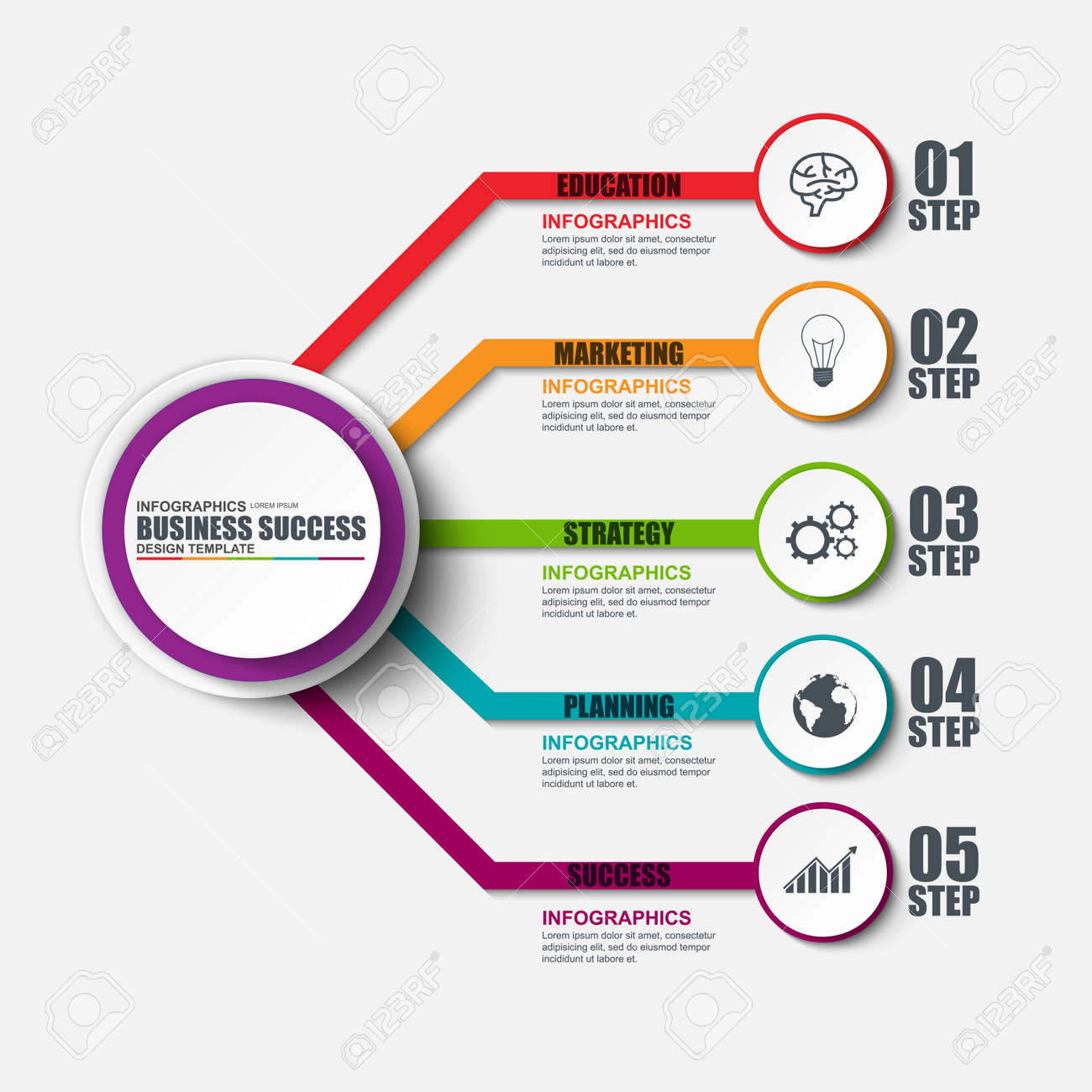The Growth Of Web Design: Then And Currently
The Growth Of Web Design: Then And Currently
Blog Article
Material Develop By-Thorsen Trolle
In the past, internet sites were simple and concentrated on info. Navigation was direct, and style was for desktops. Now, customer experience is key. Information guides layouts for very easy navigating. Receptive layouts suit various tools. Today, dark mode lowers stress, and minimalist food selections enhance navigating. Interactive functions involve users, and bold visuals attract attention. AI integration improves engagement. See how layout has actually developed to enhance your on the internet trip.
Early Days of Website Design
In the early days of web design, simplicity preponderated. Websites were basic, with restricted shades, font styles, and designs. The emphasis got on providing info as opposed to showy visuals. Users accessed the web with sluggish dial-up connections, so rate and functionality were key.
link web page were straightforward, generally situated at the top or side of the web page. Web sites were developed for desktop computers, as mobile browsing had not been yet widespread. Web content was king, and designers focused on simple readability over complicated design aspects.
HTML was the key coding language utilized, and developers needed to work within its constraints. Animations and interactive functions were minimal compared to today's requirements. Web sites were fixed, with little dynamic web content or personalized customer experiences.
Increase of User-Focused Style
With the advancement of web site style, a shift towards user-focused design concepts has become increasingly famous. Today, developing web sites that prioritize user experience is important for engaging visitors and attaining business objectives. User-focused layout entails comprehending the demands, preferences, and behaviors of your target audience to tailor the website's format, content, and features as necessary.
Designers currently carry out thorough research, such as user surveys and usability testing, to collect insights and responses directly from individuals. This data-driven method aids in creating instinctive navigating, clear calls-to-action, and visually enticing user interfaces that reverberate with site visitors. By putting the user at the facility of the layout procedure, sites can supply a more individualized and satisfying experience.
Responsive style has actually likewise emerged as a key facet of user-focused style, guaranteeing that websites are enhanced for different devices and screen dimensions. This adaptability improves availability and use, dealing with the diverse ways users communicate with internet sites today. Essentially, the increase of user-focused style indicates a shift towards creating electronic experiences that focus on the needs and assumptions of completion individual.
Modern Trends in Web Design
Explore the most recent patterns forming website design today. One prominent fad is dark setting design, offering a sleek and contemporary appearance while lowering eye strain in low-light atmospheres. Another essential trend is minimal navigation, simplifying food selections and improving customer experience by focusing on essential elements. Including micro-interactions, such as animated buttons or scrolling results, can create a much more appealing and interactive web site. Responsive design remains important, guaranteeing smooth user experiences across numerous tools. Additionally, using vibrant typography and asymmetrical layouts can include aesthetic interest and draw attention to particular material.
Integrating AI technology, like chatbots for consumer assistance or tailored recommendations, boosts user involvement and simplifies procedures. Availability has likewise become a substantial pattern, with developers prioritizing inclusive style methods to satisfy varied individual needs. Accepting sustainability by optimizing web site efficiency for speed and performance is another arising fad in website design. Teaming up with customer feedback and data analytics to repeat and enhance style continuously is essential for staying relevant in the ever-evolving digital landscape. By embracing these modern-day patterns, you can create a visually attractive, user-friendly site that reverberates with your target market.
Conclusion
As you review the advancement of internet site style from the very early days to now, you can see just how user-focused style has ended up being the driving force behind modern patterns.
Welcome the journey of adjustment and adjustment in website design, constantly keeping the customer experience at the center.
Keep present with the current trends and technologies, and never ever quit progressing your technique to create visually magnificent and easy to use websites.
Recommended Browsing , adjust, and create - the future of website design remains in your hands.
